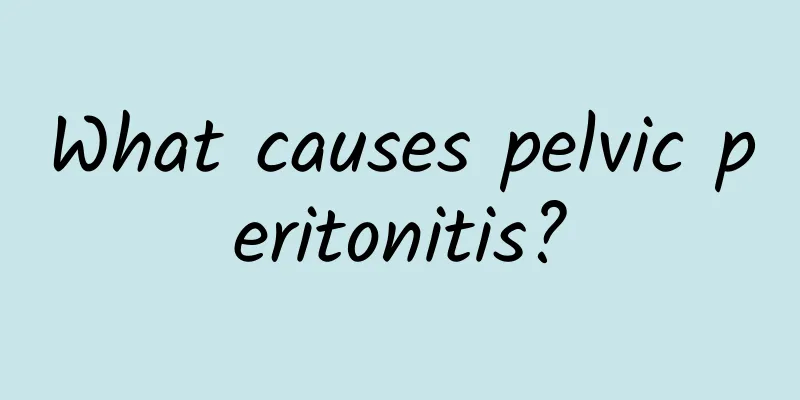What is the treatment for spontaneous abortion?

|
What is the treatment for spontaneous abortion? Spontaneous abortion is a reality that no one wants to see, but since it has already occurred, timely treatment is still necessary to minimize the harm to the mother. There are many types of spontaneous abortion, so the following is a detailed introduction to the treatment of spontaneous abortion. After a miscarriage occurs, the first thing to do is to diagnose what type of miscarriage it is. Different treatments should be taken for different types of miscarriage. 1. Threatened abortion: Ultrasound examination and other auxiliary examinations should be performed to determine whether the fetus is alive. If it is alive, more than 90% of threatened abortions can continue pregnancy. Pregnant women should eliminate excessive mental tension and maintain emotional stability. They can take appropriate amounts of sedatives, such as 0.03 grams of Lumina, 3 times a day. It is best to rest in bed and prohibit sexual life. The so-called bed rest does not mean lying in bed all day and not daring to move. This is unnecessary, but it increases the mental burden and tension and causes miscarriage. Drug treatment can be carried out according to the cause, such as progesterone, vitamin E or Chinese herbal medicine, but do not use a single prescription indiscriminately to avoid delaying the treatment. Patients should not force the fetus to be preserved, because embryonic dysplasia is the most common and main cause of miscarriage. Forcing the fetus to be preserved, even if it succeeds, may not necessarily result in a perfect child. 2. Inevitable miscarriage: The principle of treatment is to empty the uterus as quickly as possible to reduce bleeding. Oxytocin can be used to promote the spontaneous expulsion of the embryo, or curettage can be used to remove the embryo, depending on the month of pregnancy or the condition. 3. Incomplete abortion: Go to the hospital immediately for a curettage to prevent heavy bleeding and infection. 4. Complete abortion: Bleeding has stopped or significantly reduced, no special treatment is required. Antibiotics can also be used preventively for 3 days. 5. Postponed abortion: In principle, the patient should be hospitalized as soon as possible to avoid coagulation dysfunction. Routine tests should be performed before curettage to check the patient's coagulation function and prepare for blood transfusion. 6. Habitual abortion: In addition to the treatment of threatened abortion, the cause of abortion should be found and treated accordingly. For example, if the internal cervical opening is loose, internal cervical opening suture surgery can be performed. It should be noted that patients who have had abortion should take contraceptive measures for half a year before getting pregnant. If they conceive too quickly, they are more likely to have another abortion. |
<<: How much does medical abortion cost?
>>: What are the treatments for incomplete abortion?
Recommend
The main causes of hyperprolactinemia
Hyperprolactinemia can be divided into physiologi...
1 in 8 people in the world is obese! 11 tips to maintain your weight
According to the World Health Organization (WHO),...
Honey water is super powerful for detoxification and weight loss! Drink at these 4 best times to double the effect
Honey water is a very healthy drink. It can not o...
What methods can cure dysmenorrhea
Among the many diseases of women, dysmenorrhea is...
Doctors do not recommend abortion six months after caesarean section. Abortion six months after caesarean section can cause 4 hazards.
After a caesarean section, the human body needs a...
How to prevent ovarian cysts in women
At present, ovarian cysts are a common female dis...
Eat lettuce salad for antioxidants, and add an egg for better nutrient absorption!
In the cold winter, after eating too much greasy ...
How to regulate irregular menstruation in women
How to regulate irregular menstruation? Many wome...
What are the hazards of Bartholin's gland cyst?
What harm does a Bartholin's gland cyst cause...
Treatment of hyperprolactinemia
Hyperprolactinemia is a problem with the female h...
Don't be afraid of the cold - Song Minghua's 10 tips for keeping fit
The temperature suddenly turns mild after freezin...
What are the treatments for pelvic inflammatory disease?
Pelvic inflammatory disease is one of the common ...
"Run" to France to drink red wine! Activity Introduction
What should you prepare before you decide to sign...
Feeling exhausted halfway through a long-distance run? The reason is unexpected
Road running has become more and more popular rec...
How to choose a hospital for the treatment of cervical erosion? Is it a professional and formal hospital?
Although cervical erosion is a common disease, th...









